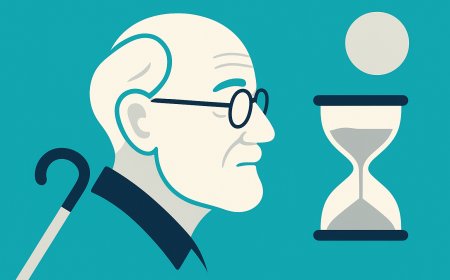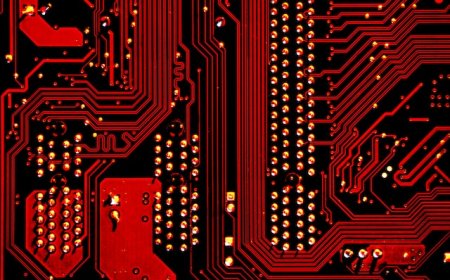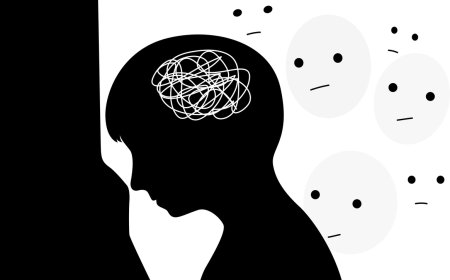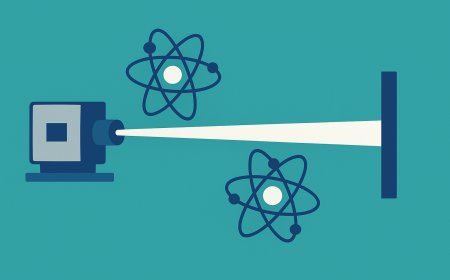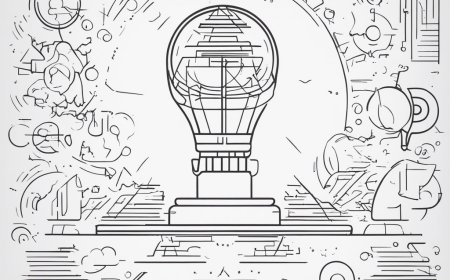Entropy and the Arrow of Time: Understanding Disorder and Energy in Everyday Life
Explore the concept of entropy and the arrow of time, learn how disorder and energy flow shape the universe and everyday processes, from melting ice to cosmic evolution.

Entropy is one of those scientific concepts that often makes people’s eyes glaze over. At first glance it seems abstract and mathematical, yet at its core it is a surprisingly intuitive idea that touches almost every aspect of our daily lives. If you’ve ever watched ice melt on a kitchen counter, mixed cream into a cup of coffee or noticed how difficult it is to keep a child’s playroom tidy, you’ve witnessed entropy in action. In physics and chemistry, entropy is a measure of how much energy in a system is unavailable to do work and, just as importantly, how many ways the components of that system can be arranged without changing the overall appearance.
The idea comes from thermodynamics, the branch of science that studies heat and energy. During the nineteenth century, engineers trying to design more efficient steam engines noticed that no matter how clever their designs, some of the heat energy supplied to a machine would always “leak” away into the environment. That heat leak wasn’t just a technical nuisance; it hinted at a fundamental rule of nature: energy has quality as well as quantity. We can conserve the total amount of energy, but not all of it can be turned into useful work. Entropy provides a way of keeping track of that quality. When a system’s entropy increases, more of its energy is trapped in random motion and less is available to power engines, light bulbs or biological processes.
Another way to think about entropy is through arrangements, or “microstates.” Imagine a box divided in half by a removable partition, with gas molecules on one side and a vacuum on the other. At first, the molecules are all on one side — a relatively orderly arrangement. Remove the partition and the gas spreads out. There are vastly more ways for the molecules to be evenly distributed than for them all to huddle in one half. Because the evenly distributed state can be realized in so many microstates, it has higher entropy. The same reasoning explains why sugar dissolves in water, why perfume quickly fills a room and why it’s virtually impossible to unmix a drop of ink from a glass of water. Nature doesn’t “prefer” disorder; there are simply many more disordered arrangements than ordered ones.
This tendency for entropy to increase over time gives rise to what physicists call the arrow of time. Most fundamental physical laws work the same whether you run the clock forwards or backwards — Newton’s laws and even Einstein’s equations don’t have a built-in sense of direction. But the second law of thermodynamics, which states that the total entropy of an isolated system can never decrease, introduces a directionality into the universe. It tells us why broken glass doesn’t spontaneously reassemble, why smoke diffuses into the air instead of coalescing back into a cigarette and why we remember the past but not the future. In everyday life, we constantly witness this arrow: batteries run down, hot soup cools on the table and our bodies age as countless microscopic processes proceed irreversibly.
On a cosmic scale, entropy and the arrow of time guide the evolution of the universe itself. The early universe after the Big Bang was extremely hot and uniform, with matter and radiation in near-perfect equilibrium. As the universe expanded and cooled, tiny fluctuations in density grew into stars, galaxies and planets. In some sense, these structures represent pockets of decreasing entropy, but they were made possible by a much larger increase in the entropy of the surrounding radiation and gas. The universe is still heading toward a state of maximal entropy sometimes called heat death, when all the differences in temperature and density have been smoothed out and no more work can be extracted from physical processes. Fortunately, that fate lies trillions of years in the future.
Far from being an esoteric curiosity, entropy has practical consequences. Engineers use the concept to determine how efficient refrigerators, engines and power plants can be. Chefs unwittingly exploit entropy when they let dough rise or chocolate temper. In information theory, a field pioneered by Claude Shannon in the mid‑twentieth century, entropy measures the uncertainty or information content of messages. A random string of characters has high informational entropy because there are many possible arrangements. This connection between physical entropy and information helps explain why compressing a file on your computer is akin to reducing its randomness and why errors in data transmission introduce disorder that must be corrected.
It’s also important to clear up a common misunderstanding: entropy is not simply a measure of “messiness,” nor does the second law mean that everything must inevitably decay into chaos. Systems can locally decrease their entropy as long as they export more disorder to their surroundings. Life itself is a prime example. Living organisms maintain their internal order by taking in low‑entropy energy (like sunlight or nutrients) and expelling waste and heat. When you clean your house, you decrease the entropy inside it, but you burn calories and increase the entropy of the air around you. The overall entropy of the universe still rises.
By understanding entropy and the arrow of time, we gain insight into why certain processes occur spontaneously while others never do, and why time seems to flow in one direction. From the steam engines of the Industrial Revolution to the cosmic evolution of the universe, entropy acts like an accountant, keeping track of energy’s ability to do work and tallying up the number of ways matter can be arranged. The next time you watch ice cubes melt on a hot summer day or stir milk into your coffee, take a moment to appreciate that you are witnessing one of the most profound principles in science. Entropy might be invisible, but its imprint is everywhere, reminding us that change is inevitable and that the universe’s clock keeps ticking forward.
What's Your Reaction?







